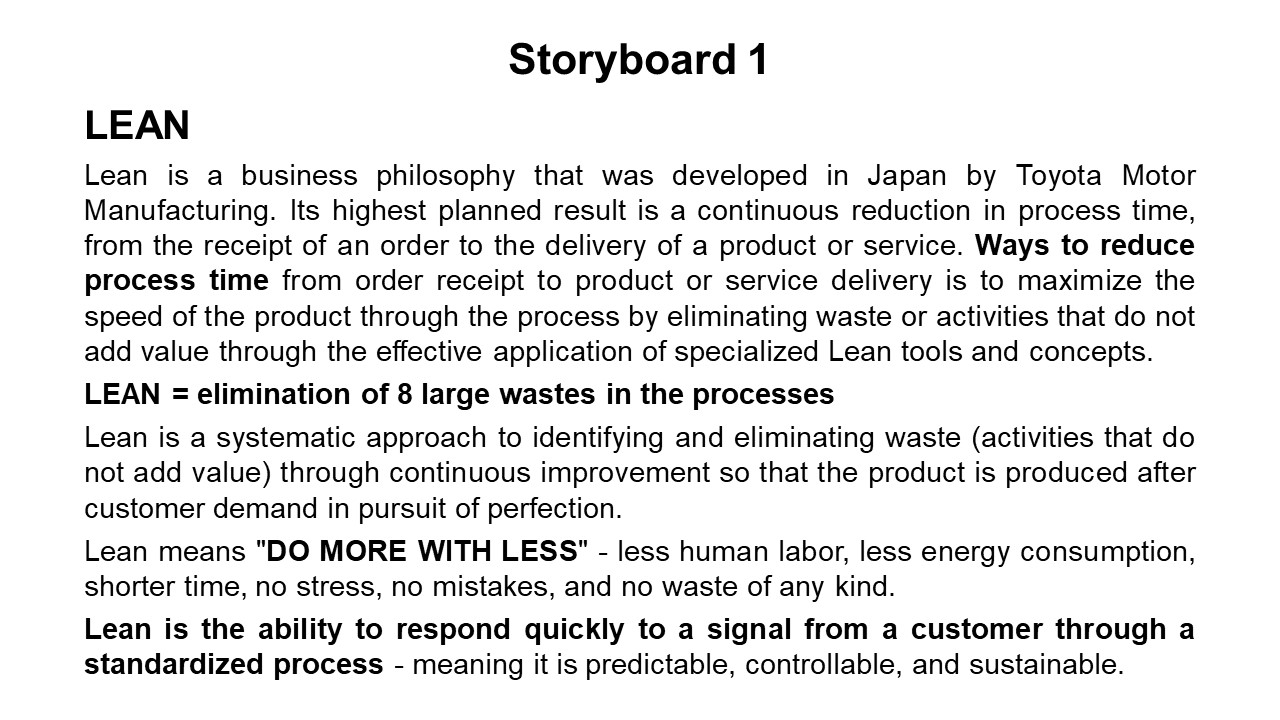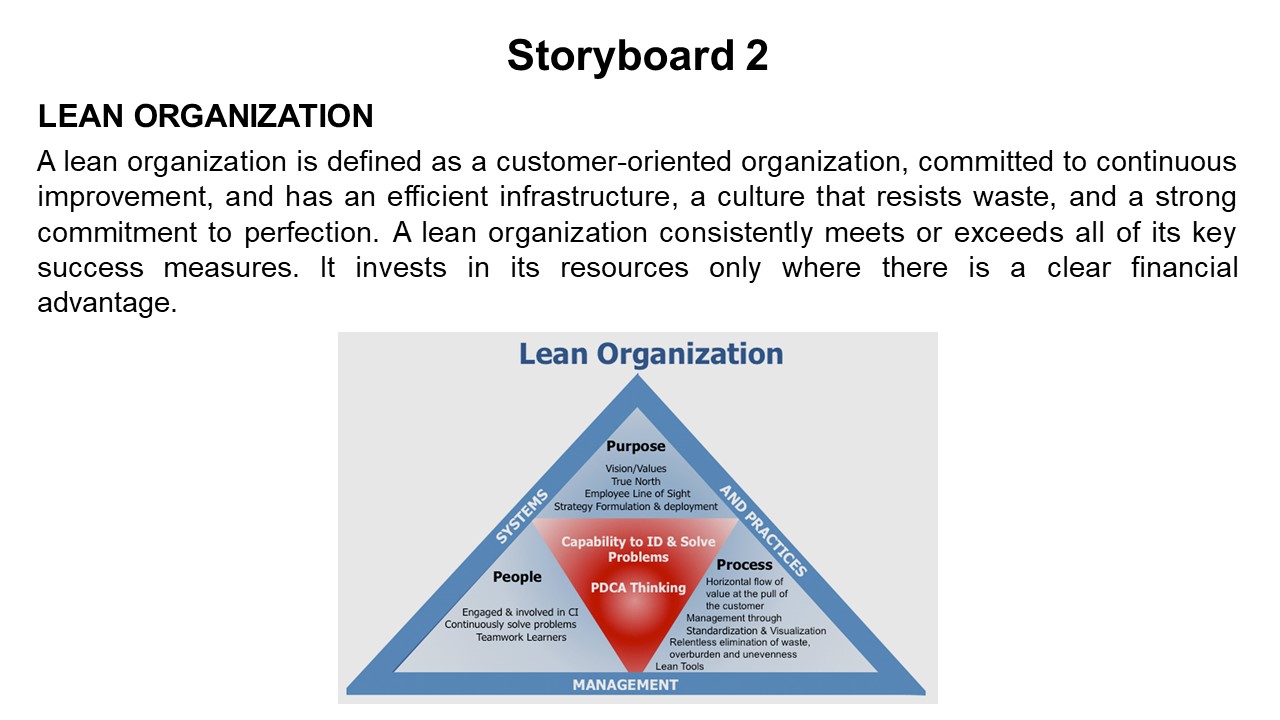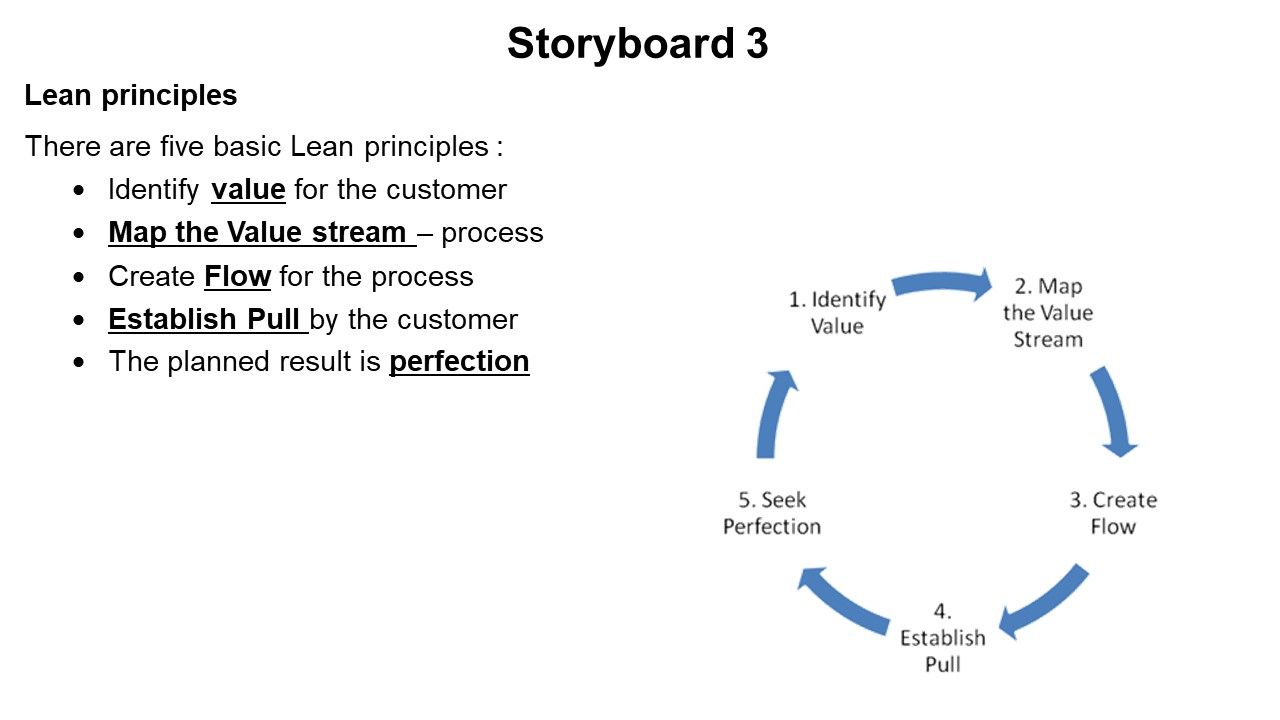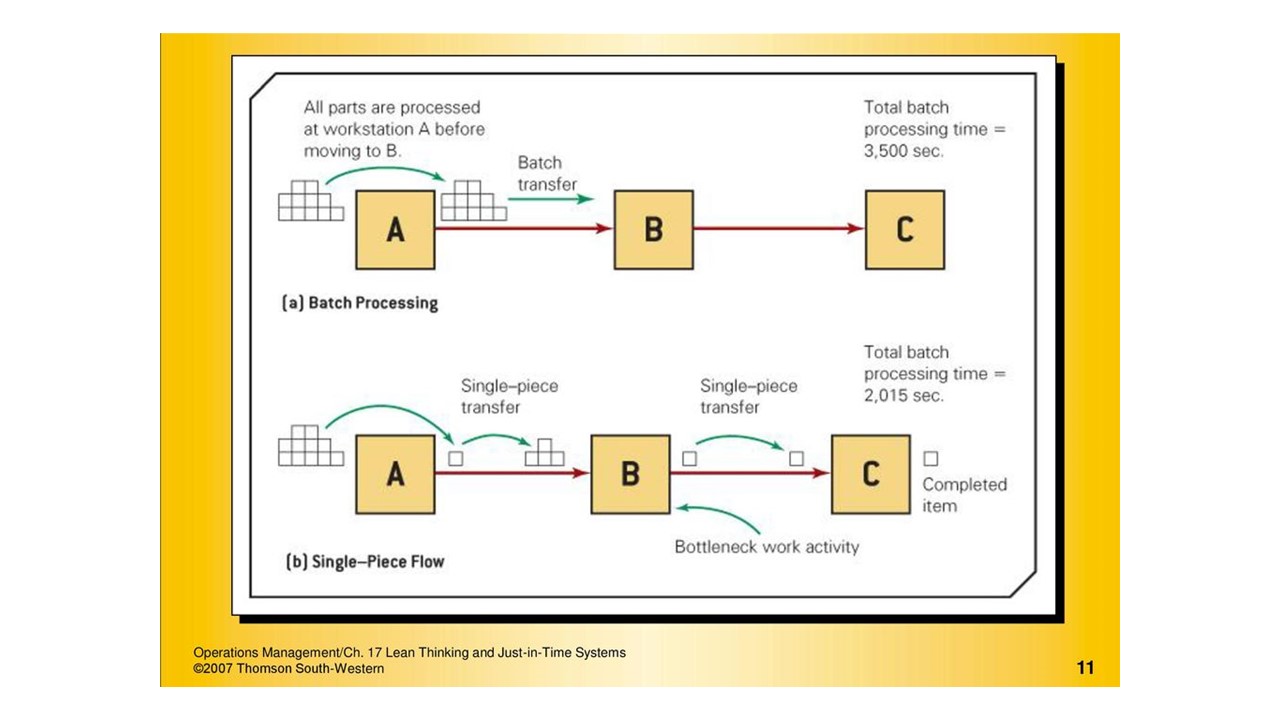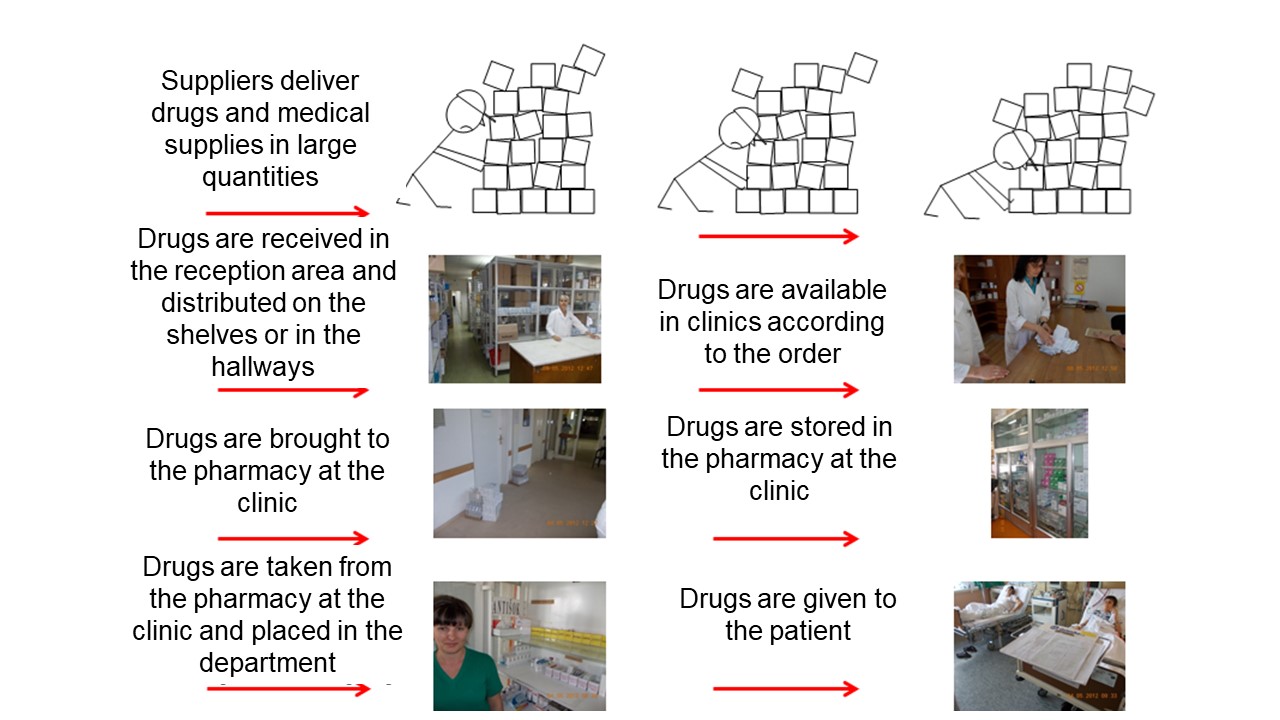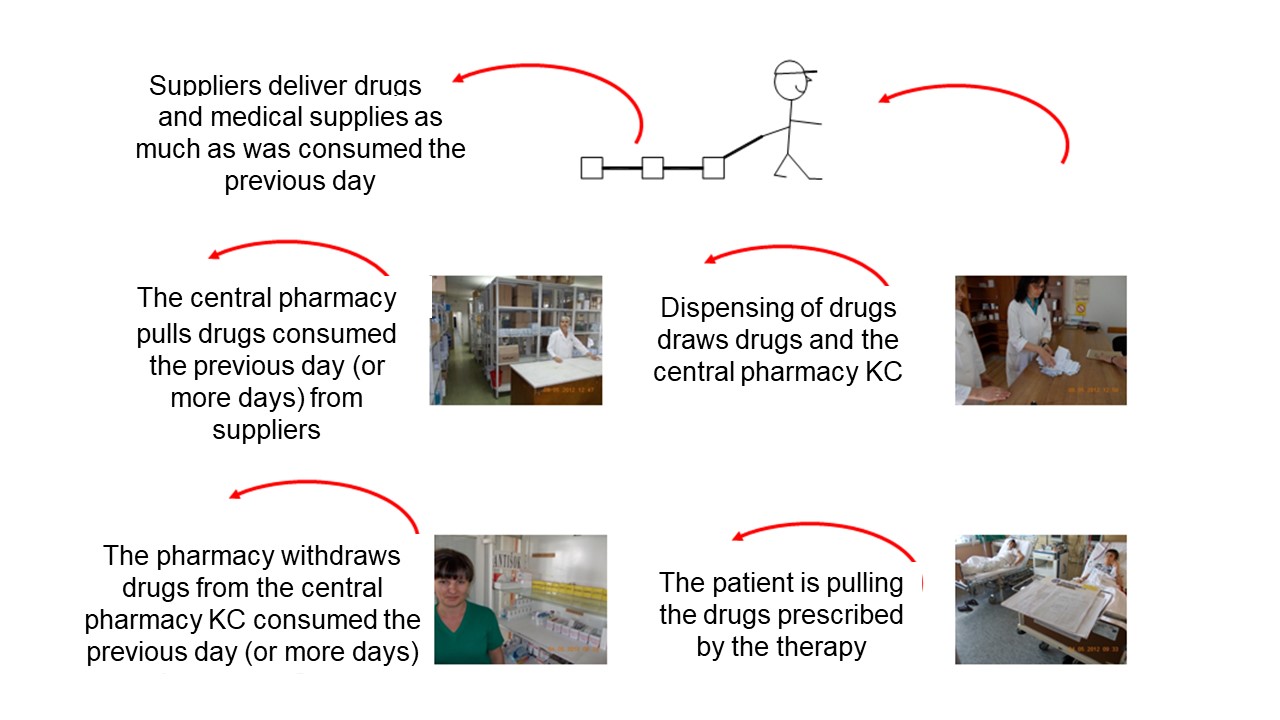Lean is an Opportunity for Businessmen in the Age of Covid 19 (1)
Lean is an Opportunity for Businessmen in the Age of Covid 19 (1) - English
Covid 19 has led to the infection of a large number of citizens, the overload of the health system, but also to a significant decline in activity, especially activities in various sectors of the economy. In order to mitigate the consequences and start the process of reducing the number of infected and deceased, the health system should play the most important role. This can be achieved if proper and timely changes are made in the system of functioning of health care.
The pandemic is leading, according to some, to the biggest economic crisis in the last 100 years (European Bank for Reconstruction and Development, EBRD). Governments are trying to make it easier for the economy to survive the effects of the economic crisis and to welcome the weakening and end of the pandemic in the best possible condition.
The best strategy for this is to start a gradual application of the Lean concept in order to DO MORE WITH LESS. This would lead to the optimization of the decision-making process, to the promotion of change management procedures, to the introduction of accounting standards, and to the monitoring of valid policy outcomes. Certainly, vaccination of the population is one of the key activities that can lead to a reduction in the infection of the population. This is necessary but not enough, because the functioning of the health system would remain the same, or worse because the pandemic will lead to increased consumption of available resources.
As the health system struggles with the pandemic the economy needs to function, to the extent possible. The decline in economic activity is already visible, especially in the branches most affected by the Covid-19 pandemic.
Governments can join forces and integrate services, processes, systems, and resources across departments and administrations. Many institutions face unemployment. The Ministry of Economy, the Ministry of Social Affairs, as well as the employment agency develop policies to stimulate employment and monitor the rights of the unemployed. However, these policies are often directed against each other, creating confusion, misunderstanding, and impatience among citizens. If departments and public administrations work together, more work can be done with the same resources, which increases productivity and well-being for citizens.
Governments are ideal centers for shared services, as they often have fragmented organizational units with their own administrative support. These units often duplicate work and overlap processes. Shared services for selected support functions can significantly improve productivity.
The world was in an economic crisis in 2008. That crisis has been going on for a long time and is leading to a deepening economic crisis caused by the Covid-19 pandemic. State deficits are growing, the number of jobs is decreasing, and unemployment is rising, especially when it comes to the younger population. Economic growth has slowed and is negative in many countries. All these figures indicate that it is necessary to make urgent changes, in order to stop this negative impact of the crisis and change the direction of the growth curve.[1]
A shift is needed to make civil servants more productive, citizen-oriented. Putting citizens’ needs at the heart of public policy can make decision-making processes optimized, change management procedures promoted, accountability standards introduced and government policy outcomes monitored.
Lean can help overcome the crisis
During the Covid-19 pandemic, which leads to reduced economic activity and less employee engagement in standard jobs, entrepreneurs can initiate training for their employees to understand and accept the Lean management concept. The question is what is it about the Lean concept that employees need to hear, understand and apply first? According to the author of this article, it is an introduction to the Lean concept and Lean principles, which will be discussed in this article. This is followed by training to get to know and understand what waste occurs in the processes (will be in the next attachment), and further introduction to Lean tools and their application in order to improve the process and reduce waste.
In order to understand the importance of applying the Lean concept, employees should first get acquainted with the 5 Lean principles. Someone from the organization, or a party person, should train all employees about what Lean is, what Lean principles are, and what their application means to the organization. Training should not last longer than 2 to 3 hours. In order for employees to become familiar with these principles, it is desirable that they be printed and displayed in prominent places in the organization (on bulletin boards) so that employees encounter these definitions of the Lean principle on a daily basis.
Storyboard 1 may contain a definition of the Lean concept.
Storyboard 1
Unfortunately, the reality is different:
- Most processes are not Lean – that is, they have a process cycle efficiency of less than 10% (10% of the cycle time adds value, and 90% is scattered).
- The primary planned result is a reduction in work-in-process – e.g. the number of products currently in production, or the number of products in stock, etc. (if you can’t control the work-in-process, you can’t control the cycle time).
- Each process should work on “pull – Pull”, not on “push – Push“, to eliminate variation in cycle time.
- Only 20% of activity causes 80% delay (Pareto principle).
- Only 20% of the activity consumes 80% of the cycle time.
- Invisible work cannot be improved: we need visible management (glasses with new diopters), based on data.
Every organization should strive to one day become a Lean organization. On Storyboard 2, the definition of a Lean organization can be given and accompanied by a graphic display.
Storyboard 2
Lean thinking is in the organization:[2]
- The belief that improvement never ends
- Continuous movement towards identification and elimination of waste
- A way of thinking that encourages everyone to use their talent to improve the work environment on a daily basis
- A culture that spreads the ideas of Lean thinking in all processes where a common set of Lean tools is used
- Lean is most effective when it becomes an organizational culture
Lean principles can be displayed on Storyboard 3. This will allow employees, passing by that bulletin board, to first become interested in seeing what is there, and later they will begin to understand and accept the Lean principles.
Storyboard 3
It is desirable that each organization prepare a more detailed description of the Lean principle. The text prepared in this way can be printed by the organization and made available to all interested employees in its organization. Over time, there is a possibility that both suppliers and customers will be interested in what the organization is doing and seek help to introduce their employees to the Lean concept in their organization.
The following is a more detailed description of the principles that can be used to train employees in more detail.
1. Value
Value is defined as “the ability provided to the customer at the right time at the right price, as defined in each case by the customer.[3] Value is the critical starting point for the Lean concept, and can only be finally defined by the end customer. End customer, that is, the user of a product or service, is in contrast to temporary customers, such as sales, marketing, distribution, suppliers, etc. Value is also specific to a product or service, and only makes sense when expressed in terms of a specific product or service.
2. Value flow
Value flow is the set of all specific activities necessary to bring a particular product (whether it is a good service, or, increasingly, a combination of the two) through three critical management tasks in each business: 1. The problem-solving task, from concept to detailed design and engineering, to product launch, 2. Information management tasks ranging from order picking through detailed planning to delivery, and 3. The task of physical transformation from raw material processing to the final product in the hands of the customer. Identifying the entire value stream for each product (or in some cases for each product family) is the next step in Lean Thinking.
To create a value stream, describe what happens to a product or service at every step in production or service delivery, from design to raw material ordering and delivery. As stated above, there are three types of activities during value – one type adds value and the other two are waste:
- Value Added: Those activities that unequivocally create value.
- Type of waste one: Activities that do not create any value, but do not seem to be unavoidable with current technologies, available equipment, or government regulations.
- Spending type two: Activities that do not create any value and can be avoided immediately
3. Flow
The lean flow principle can be defined as:
- Use one-piece flow by linking all activities and processes into the most efficient combinations to maximize value-added content while minimizing waste.
Waiting time between processes is eliminated, so adding value is faster.
The lean flow principle is also defined as “the progressive accomplishment of tasks along a value stream, so that the product ranges from design to product launch, from order to delivery and raw materials to the customer’s hands without downtime, defects or backflow.” This is like a directive to abandon the traditional batch-and-wait method as a way of thinking that is acceptable to most.
The goal of the flow is to eliminate congestion and waiting in the process. Processes in which there are accumulations and waits create increased waiting times and interruptions.
Systems around the world are built on hoarding and the waiting system. The worker is waiting for the necessary material to arrive, to eliminate the malfunction of the machine, the customers are waiting for the ordered products, the production line stands between certain activities because the series is moving, etc. These waits represent one of the 8 wastages that slow down the process and cause customer dissatisfaction. To avoid this, it is necessary that each production, or provision of services strives to reach the flow of one piece (Figure 1).
Figure 1 The flow of the series versus the flow of one piece
4. Pull
Pull is described as “performing work when a step in the value flow requires or is required”. This is the opposite of push-pushing, where the product can be made even when there is very little or no demand. Pushing processes can create large inventories and maintenance costs. Pushing leads to steps in providing a service that is done out of order, if the next step in the process is not ready.
Pulling by the downstream process is one of the basic principles of Lean organization.
The difference between push and pull is shown in Figures 2 and 3. The distribution of drugs in KCN is taken as an example.[4]
5. Perfection
By applying the above 4 principles, the organization will have a defined value from the perspective of its customer, will eliminate waste and mapped process, as well as mapped value flow, will move from series to continuous process and will move from push philosophy to pull philosophy. By establishing continuous improvement teams and concentrating them on improving the above 4 principles, the organization will continuously improve the overall process, increasingly eliminate waste and make incremental improvements striving for perfection throughout the organization.
Figure 2 Push drugs in KCN
Figure 3 Pull drugs in KCN
The idea of perfection is based on the idea of continuous improvement through incremental change based on results. These incremental improvements are achieved using the Lean tool known as Kaizen.
And at the end of this article.
If you are well then do not change anything. But if you think your life or job is pretty good, you probably don’t have enough knowledge. Toyota (recently again the world’s largest carmaker) continues to make millions of improvements around the world in its processes. They have been practicing Lean thinking for over 50 years. Toyota employees say, “Waste is like gravity; it pulls you 24/7, and if you don’t have a way to overcome it, you’ll lose and waste will win! “
In the next attachment, we will talk about how to train employees for the 8 big waste that occurs in the processes.
At Nis, 02.02.2021. Prof. dr Vojislav Stoiljković
vojislav.stoiljković@cimlss.rs
[1] Voislav Stoiljković, Lean transformacija Srbije, Talija, 2018.
[2] Vojislav Stoiljković, Lean u zdravstvu, Despot Book, 2013.
[3] Womack& Jones, p. 311
[4] Vojislav Stoiljković, Lean in Healthcare, Lambert, 2018.

